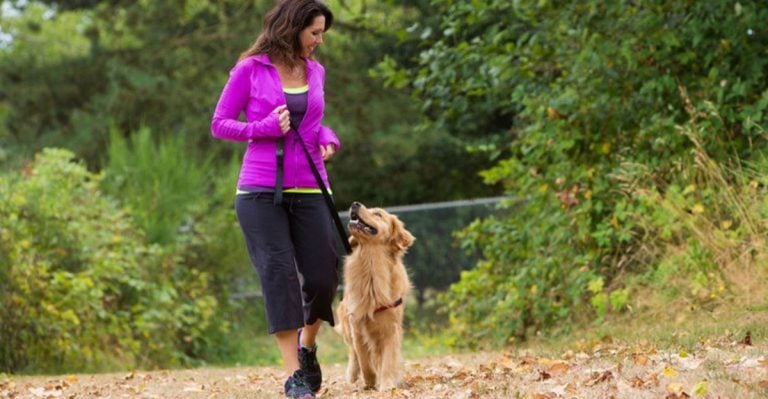15 Facts About How Dogs Visually And Emotionally Perceive Humans
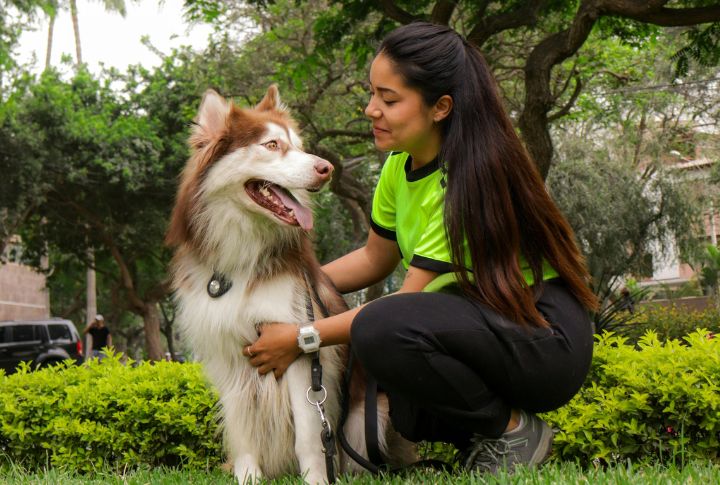
Ever wonder what your dog really sees when they look at you? Dogs process human faces and emotions in ways that might surprise you. Their instincts, honed over thousands of years of companionship, help them read us more deeply than we often realize. So, let’s break down the science behind how your dog sees and understands you, moment by moment.
Color Vision Works Differently
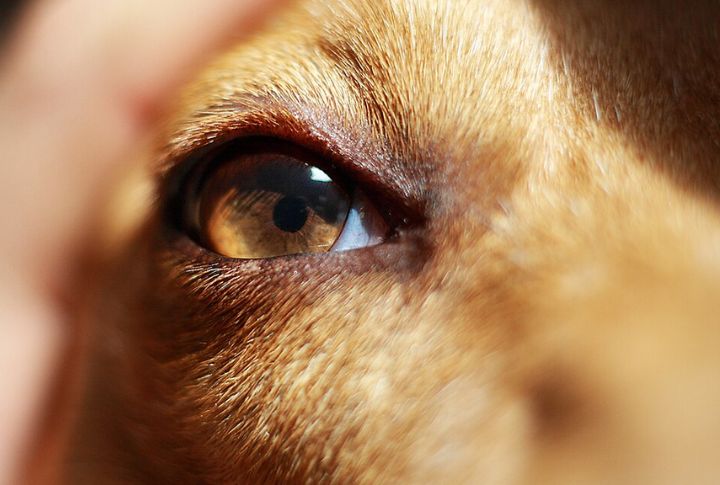
Dogs see the world differently from humans—blue and yellow stand out clearly, while red and green barely register. That’s because dogs lack the third type of cone cell that allows humans to see the full range of colors. Their color vision is more limited, but it’s still rich in meaning, just not in the way we experience it.
Dim Conditions Are No Obstacle

Retinal rod dominance and a reflective tapetum lucidum help dogs function in low-light environments. This trait comes from their nocturnal ancestors. While fine details may disappear at night for humans, dogs continue tracking movement and staying visually alert when the lights go down.
Faces Are Stored Like Maps
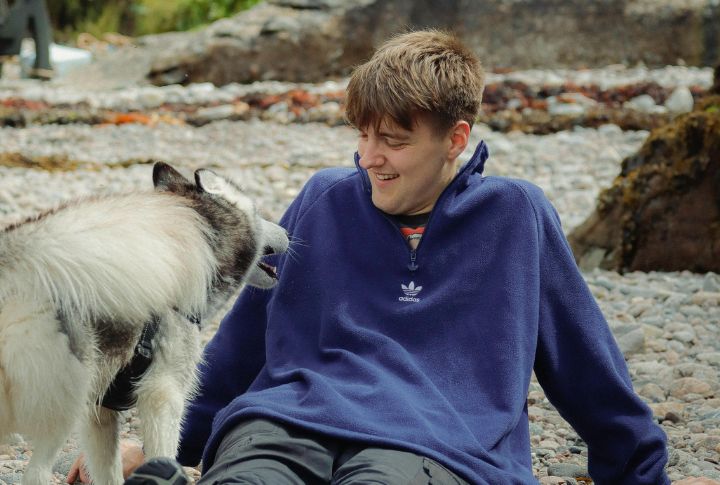
Dogs don’t just recognize your voice. Neural imaging confirms that dogs process faces with purpose-built brain regions. Even with altered haircuts or accessories, they often still pick you out. Visual identity recognition, previously thought to be human-exclusive, is clearly part of the canine toolbox, too.
Oxytocin Has A Trigger
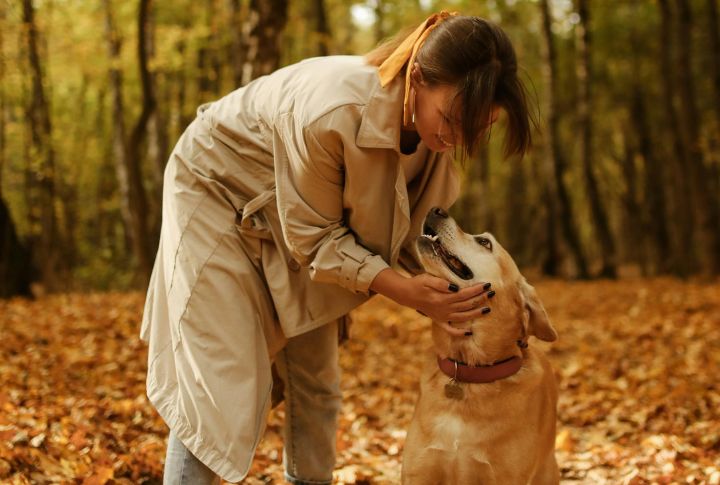
Staring into your dog’s eyes isn’t just sweet. Mutual gazing activates oxytocin in both brains, reinforcing social bonding. Unlike many other animals, dogs seek out and hold eye contact. This trait shows how deeply their evolution has synced with human behavior.
Emotions Leave A Chemical Trail

Humans release different hormones when scared, happy, or stressed, and dogs can smell the difference. Their noses pick up cortisol and other bio-signals undetectable to us. Instead of guessing your emotional state, they sample it through scent, using olfaction as an emotional barometer.
Posture Reveals Your Intentions
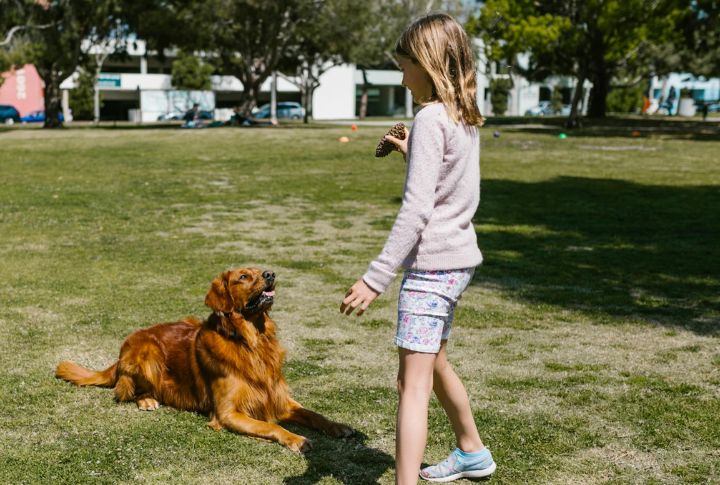
Dogs watch how you move, not just where. Sudden shifts or even foot position can signal your next action. This isn’t instinct alone—it’s learned through daily interaction. Understanding motion helps dogs navigate social rules and predict what comes next.
It’s Not What You Say
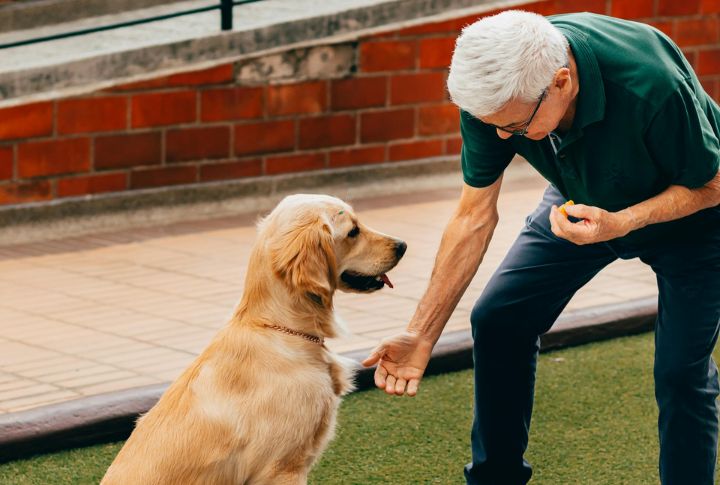
A single command spoken in two tones gets two responses. Why? Dogs tune into how words sound, not the words themselves. Pitch, cadence, and volume influence their interpretation. It’s the emotional undercurrent, not vocabulary, that guides how dogs respond to human speech.
Movement In The Corners Counts
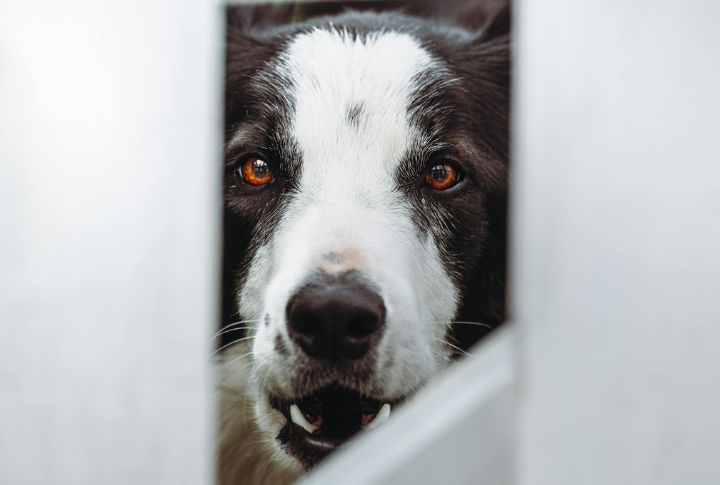
They may not be watching directly, but still see you. A dog’s eyes are positioned for panoramic coverage, giving them a wider visual field than ours. Motion in the periphery grabs their attention quickly, which makes them excellent at detecting sudden changes.
Detail Isn’t Their Strength

Where humans might see a distant friend’s facial features, dogs likely see a blur. Visual sharpness is limited in dogs, especially at a distance. Outline and familiarity are more reliable than pinpoint precision. Motion and shape do most of the work.
Attachment Mimics Human Infancy

Dogs don’t just enjoy company but exhibit behaviors aligned with secure attachment theory. Seeking proximity and showing relief upon reunion are all traits they share with human infants. These emotional responses show that bonding is neurologically wired.
Expressions Are Scanned For Cues

Eyebrow shifts, lip tension, and the tilt of a head, dogs notice these subtle changes. Their ability to interpret expressions lets them react appropriately. Whether it’s calming down when you frown or perking up at a smile, your face is used as an emotional map.
Words Accumulate Over Time

Dogs don’t understand grammar, but consistent pairing of words and outcomes builds vocabulary. Some breeds can retain over 100 terms. Others learn fewer but still connect words to rewards or actions. This isn’t just conditioning—it’s cognitive association honed through repetition and trust.
Mood Transference Is Real

Living with humans long enough teaches dogs to sync emotionally. If you’re anxious, their heart rate may rise. If you’re calm, they’re calmer, too. It’s emotional resonance. Their brains reflect yours more than you’d think, especially when bonded through routine.
Identity Isn’t Based On Sight Alone
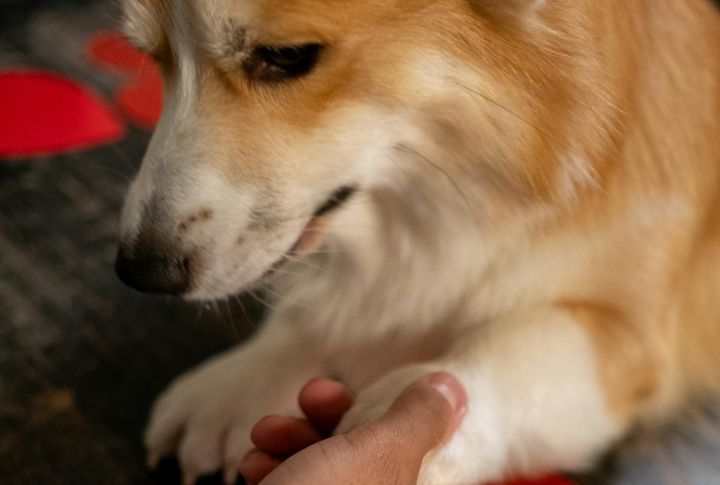
Visual recognition is just one piece. Dogs often confirm identity using layered sensory input. A familiar gait, voice, or scent gives stronger confirmation than appearance alone. This is why a costume might confuse them, but a single word or whiff restores certainty.
Their Depth Perception Is A Trade-Off

Eyes set slightly to the side give dogs a wider field of view but with reduced depth accuracy. Judging exact distances can be tricky, especially when approaching narrow or high steps. What is lost in precision is gained in environmental awareness and spatial scanning.


